Timelines
We could make this publication thanks to small donations. How is 3 minutos de arte supported?
Moments of Rubens
In 1598, when he was 21 years old, he became a master of the guild (an association, in this case of painters) of St. Luke of Antwerp. He then travelled to Italy for 2 years to study the painters of the Renaissance. In Venice, he became acquainted with the work of Titian, whom he would consider his true master for the rest of his life. We see Titian's influence in color, movement, and the loose brushstroke.
1605. The Fall of Phaeton.
1605-11. Venus and Cupid
1606-08. Fight of St. George and the Dragon. In 1608, he returned to Antwerp after having worked for nine years for the Duke of Mantua (Mantua is located between Venice and Milan).
1609-10. Samson and Delilah. Considered the best painter in Flanders, in 1609 he was appointed court painter of the Netherlands (which were under Spanish rule).
1610-11. Elevation of the Cross (central panel)
1611-12. Massacre of the Innocents
1612. Descent from the Cross Triptych
1612. The Abduction of Ganymede
1615. The Four Continents
1615. Daniel in the Lions' Den
1617. The Sense of Sight. Rubens y Jan Brueghel.
1617-18. The Rape of the Daughters of Leucippus
1618. St Sebastian
1620. The Fall of the Damned
1622. Apotheosis of Henry IV and the Proclamation of the Regency of Marie de Medici
In 1628, already one of the most prestigious painters of the time, the viceroys sent him to Spain. He was at the service of King Philip IV and later became Velázquez's mentor. (Let’s notice that Velázquez also used the loose brushstroke on his way from Titian to Impressionism).
1630. Allegory on the Blessings of Peace
1630-35. The Garden of Love
1630-35. The Three Graces
1636. The Birth of the Milky Way
1636-37. The Feast of Venus
1636-38. Saturn Devouring a Son
1637-38. The Consequences of War
1639. The Judgement of Paris
1639-40. Diana and Her Nymphs Surprised by Satyrs
Recommended links:
Rubens, Wonderful Example of Baroque Painting.
Characteristic Elements of Baroque Painting.
Artistic Movements I: from Classical Antiquity to Rococo.
The Consequences of War (1637-38).
You can also find more material using the search engine.
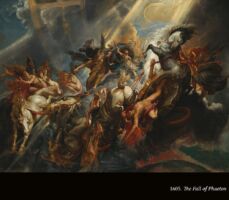



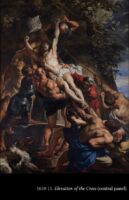
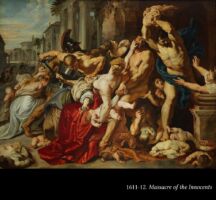

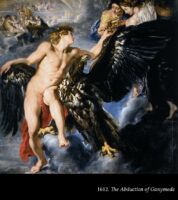




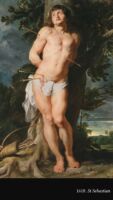


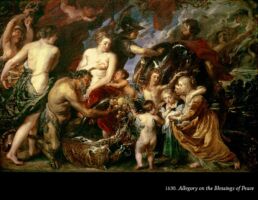



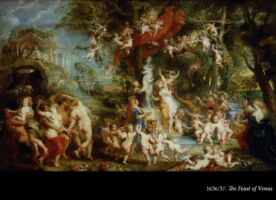

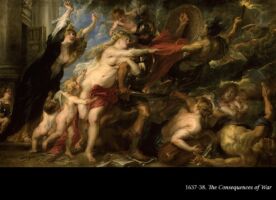
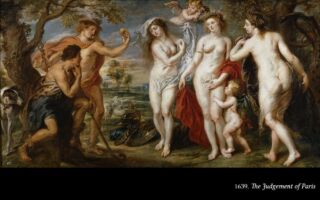



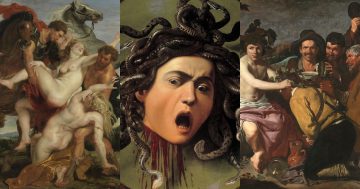
0 Comments